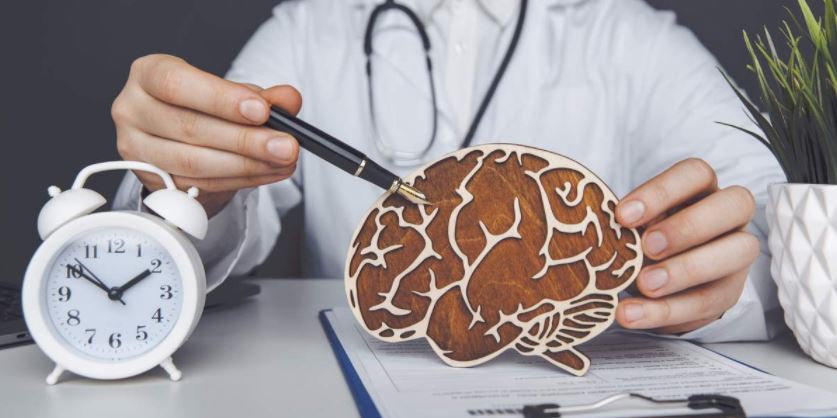There are things that cannot be explained! Why do we remember some things and forget other things? You will forever remember the way you ride a bike or the taste of your grandmother’s madeleines! But did you forget your meal five days ago? Don’t panic, everything is fine, it’s just your brain that doesn’t have a memory, it has five different types of memories …
In the Toc Toc Docteur program, Professor Bruno Dubois, neurologist and director of the Institute for Memory and Alzheimer’s, examined the functioning of our memory. Explanations.
Semantic memory
To imagine our brains, we have to imagine a perfectly tidy closet … Messy people will have a hard time! In short, in this square closet, you will know which drawer to open to find a sweater and which drawer to open for pants. But you won’t necessarily know where your holey jeans are in the pile of pants …
It’s the same principle for the brain. It classifies general and factual knowledge into categories (cycling, school dates … Then it arranges them from the most general to the most accurate. Thus, the important information is classified at the bottom of the drawer, as printed in The dresser! The others above the Drawers do not remain engraved. The semantic memory resides in the temporal lobe. It only intervenes when it comes to recording information that should be anchored forever!
The memory of the automatisms
The memory of automatisms encompasses the actions that we learn and then repeat throughout our lives: cycling, driving, making pancake batter, cooking pasta … It is located in the cerebellum and is unconsciously activated. We do not think about taking these measures.
Brain: Different types of memory. Photo credit: Shutterstock / Stoatphoto
The memory of work
Working memory is only used to hold information for a very short period of time. The memory is used only a few seconds to note an appointment in your diary after a phone call.
Perceptual memory
Perceptual memory is the one that comes into play when you remember your childhood … a face, an encounter, a culinary dish … This memory near the sensory areas of your brain prints what we see, hear or smell … It is usually activated when you smell a familiar odor or when you see a face you’ve already met or that of a loved one who has disappeared. By perceiving a face, the perceptual memory brings out what surrounds that face, that is, the experiences we have with the person, for example.
Episodic memory
This is located in the hippocampus and processes your memories. It is the one that comes into play, for example to associate a face with an event. So the taste of your grandmother’s cherry clafoutis will instantly return to you at the sight of the same cake … and it will inevitably never match that of your memories.
When Professor Dubois advises memorizing certain essential elements. It challenges memory games like Srabble or crossword puzzles. For him, there is no evidence that these activities can prevent cognitive aging. For him, social interactions, times of relaxation and especially sleep are the best tools to preserve and preserve the five memories of his brain.
Source: Our brain has not one, but five different memories! – ScoopCube













